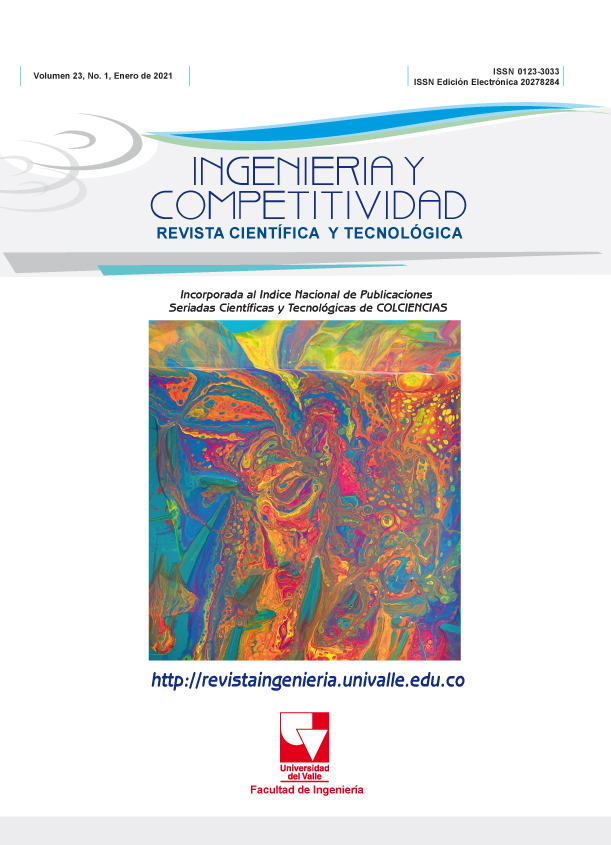Evaluación de una propuesta de mitigación del impacto ambiental en la disposición final de las baterías a base de plomo para automóviles
Palabras clave:
Baterías, Impacto ambiental, Plomo, Rectificación, ContaminanteContenido principal del artículo
A partir diseño de una propuesta de mitigación del impacto ambiental generado por las baterías a base de plomo para automóviles. Se realizó la evaluación del impacto ambiental de la disposición de baterías a través del método Vicente Conesa, donde se encontró que los mayores impactos ambientales son los producidos por el tratamiento del electrolito, recuperación del plástico y plomo, entonces, se realizó la comparación del proceso actual y se propuso un modelo ideal mediante una simulación en FlexSim, y se determinó que el tiempo del proceso ideal propuesto representa un aumento en el tiempo total en la disposición final de las baterías ácido-plomo debido a la adición de etapas para el tratamiento del ácido, plomo y plástico, pero que supone una mitigación significativa de los impactos ambientales causados por este procedimiento y con ello la evasión de sanciones por parte de autoridades ambientales.
Downloads

Esta obra está bajo una licencia internacional Creative Commons Atribución-NoComercial-CompartirIgual 4.0.
Los autores que publican en esta revista están de acuerdo con los siguientes términos:
Los autores ceden los derechos patrimoniales a la revista y a la Universidad del Valle sobre los manuscritos aceptados, pero podrán hacer los reusos que consideren pertinentes por motivos profesionales, educativos, académicos o científicos, de acuerdo con los términos de la licencia que otorga la revista a todos sus artículos.
Los artículos serán publicados bajo la licencia Creative Commons 4.0 BY-NC-SA (de atribución, no comercial, sin obras derivadas).

